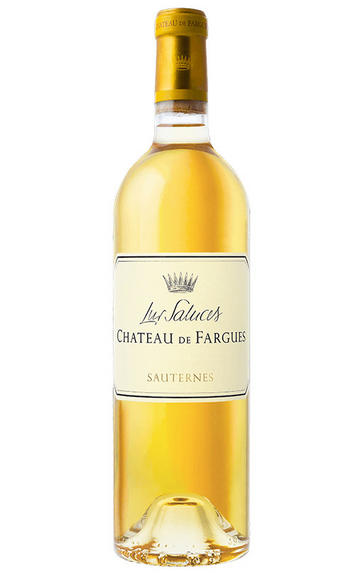
Critics reviews
Jane Anson - decanter.com - April 2016
About this WINE
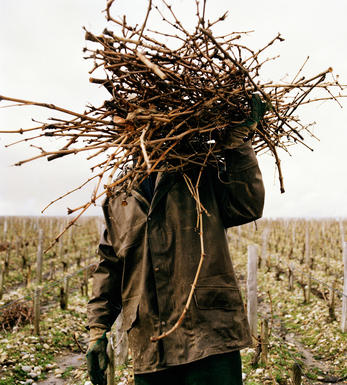
Chateau de Fargues
Château de Fargues has been owned by the Lur-Saluces family since 1472. The family owned d`Yquem until 1999 and de Fargues is known by some critics as d`Yquem jnr. The same winemaking techniques are use at both properties and de Fargues often matches d`Yquem in terms of power and intensity.
De Fargues's 15 hectare vineyard is situated 4 kilometres southeast of d`Yquem and is planted with 80% Sémillon, and 15% Sauvignon Blanc. Yields are minute (lower even than d`Yquem) and the grapes are harvested in as many as 12 separate "tries". The grapes are fermented and the wine is subsequently aged for 3 years in one-year-old oak bariques that were previously used at d`Yquem.
De Fargues's production is small with sometimes only 500 cases a years being produced. The wines require at least 10 years of bottle ageing before they should be approached.
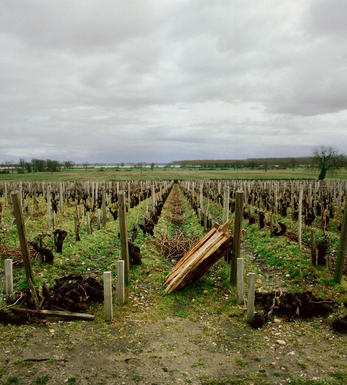
Sauternes
Sauternes is where arguably the world's finest sweet white wines are produced. The Sauternes appellation actually consists of five communes: Barsac, Preignac, Bommes, Fargues and Sauternes itself. Barsac is also an appellation in its own right.
Sauternes literally has an atmosphere different from any of the other major communes. At the southern tip of the Graves,close to the Garonne, not only is the land hillier and decidedly more bucolic but it also enjoys a specific mesoclimate of evening autumn mists which linger until well into the following day, unless burnt off by warm sunshine.
The mists are caused by the cool, spring-fed waters of the Ciron River meeting the warmer tidal Garonne, and the result is an ideal environment for the growth of the mould botrytis cinerea. When its arrival is felicitous, it feeds on the water in the ripe grapes, dehydrating them and leaving sweet, shriveled fruit.Other regions in Bordeaux (ie Cadillac, Loupiac) produce wines in a similar style from the same method, but none achieve the profundity and complexity of Sauternes.
Recommended Châteaux : Ch. D'Yquem, Ch. Climens (Barsac), Ch. Suduiraut, Ch. Rieussec, Sigalas- Rabaud, Ch. Coutet (Barsac), Ch. de Fargues, Ch. Lafaurie-Peyraguey, Ch. Doisy-Védrines (Barsac), Chateau Partarrieu, La Tour Blanche
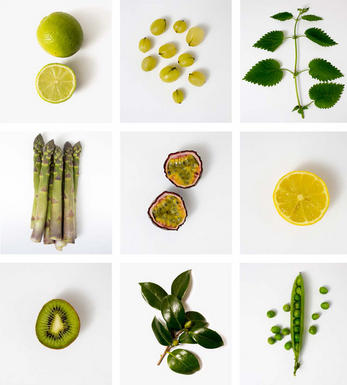
Sauvignon Blanc
An important white grape in Bordeaux and the Loire Valley that has now found fame in New Zealand and now Chile. It thrives on the gravelly soils of Bordeaux and is blended with Sémillon to produce fresh, dry, crisp Bordeaux Blancs, as well as more prestigious Cru Classé White Graves.
It is also blended with Sémillon, though in lower proportions, to produce the great sweet wines of Sauternes. It performs well in the Loire Valley and particularly on the well-drained chalky soils found in Sancerre and Pouilly-Fumé, where it produces bone dry, highly aromatic, racy wines, with grassy and sometimes smoky, gunflint-like nuances.
In New Zealand, Cloudy Bay in the 1980s began producing stunning Sauvignon Blanc wines with extraordinarily intense nettly, gooseberry, and asparagus fruit, that set Marlborough firmly on the world wine map. Today many producers are rivalling Cloudy Bay in terms of quality and Sauvignon Blanc is now New Zealand`s trademark grape.
It is now grown very successfully in Chile producing wines that are almost halfway between the Loire and New Zealand in terms of fruit character. After several false starts, many South African producers are now producing very good quality, rounded fruit-driven Sauvignon Blancs.


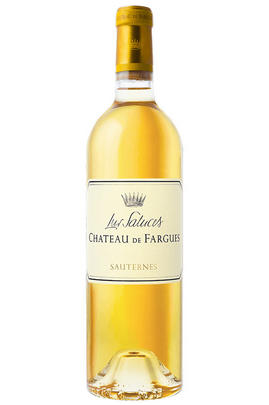
Buying options
Add to wishlist
Description
The 2015 Chateau de Fargues delivers 153 grams per liter of residual sugar at 13.8% alcohol. It has a complex bouquet with honey, marmalade and quince aromas that are beautifully defined, but will clearly take a few years to reach their full potential. The palate is very sensual on the entry, honeyed and lavish at the beginning, but retaining wonderful precision and persistence on the lightly spiced finish. This is a seriously good de Fargues that should age effortlessly over the next 30-40 years. As usual, this is one for the serious Sauternes-lovers who know that good things come to those that wait.
Neal Martin - The Wine Advocate #224 - April 2016
wine at a glance
Delivery and quality guarantee